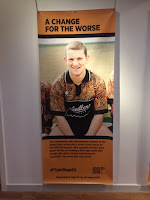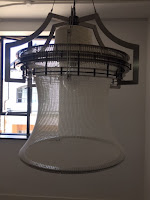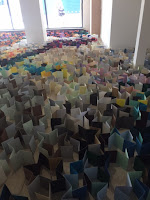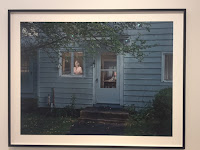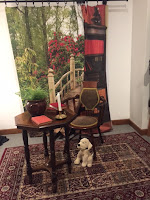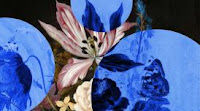The Pink Floyd Exhibition: Their Mortal Remains

Grand exhibition at the Victoria and Albert Museum looking at the music, design and career of Pink Floyd. I kept veering between finding this exhibition visually stunning and clever to finding it annoying. It was sometimes hard to tell which way round you were supposed to go and sections seemed to go against the natural flow of the crowd. Also a lot of the displays were quite low and you looked down into them a bit like a shop display.This meant that unless you were at the front it was hard to see the objects and even harder to read the commentaries. However it was wonderful to enter the show through a mock-up of an early tour bus and I loved the room with some of the inflatables from late 1970s. It took me a while to realise the telephone boxes represented what was going on at the time, once I did I thought they were a clever idea. I liked the sections on how they thought about how to play a stadium concert and fill the space in a more imaginative way than a band on a far

